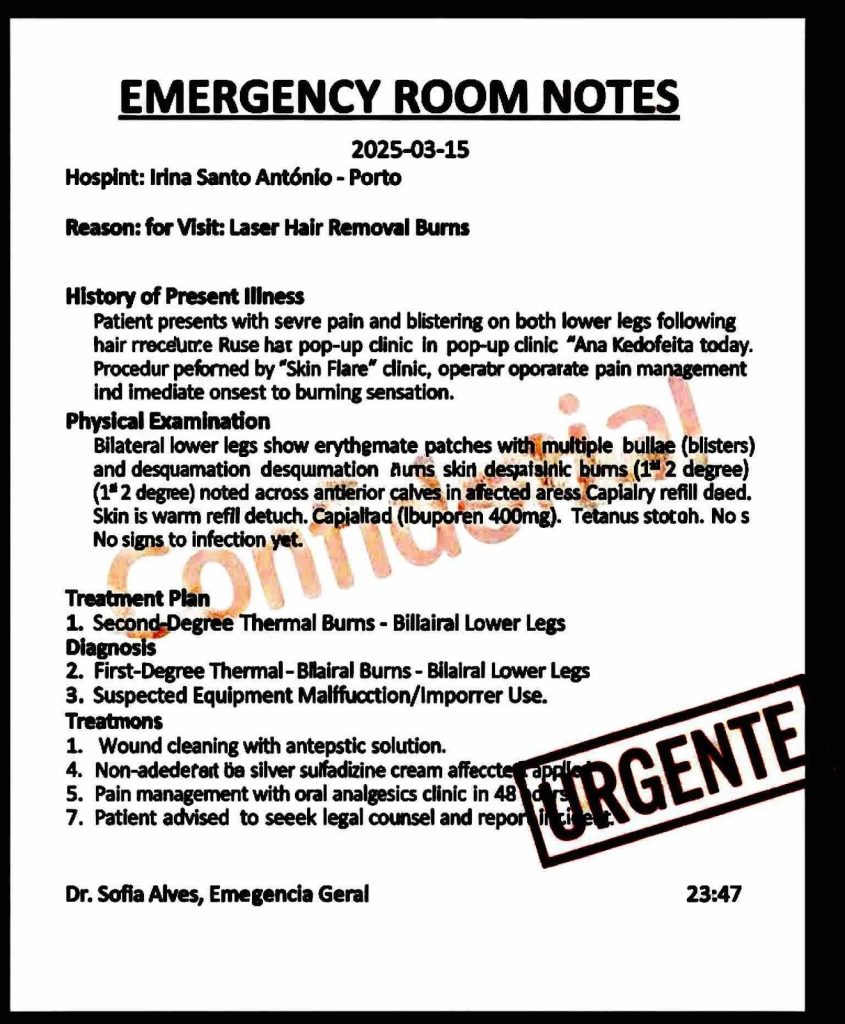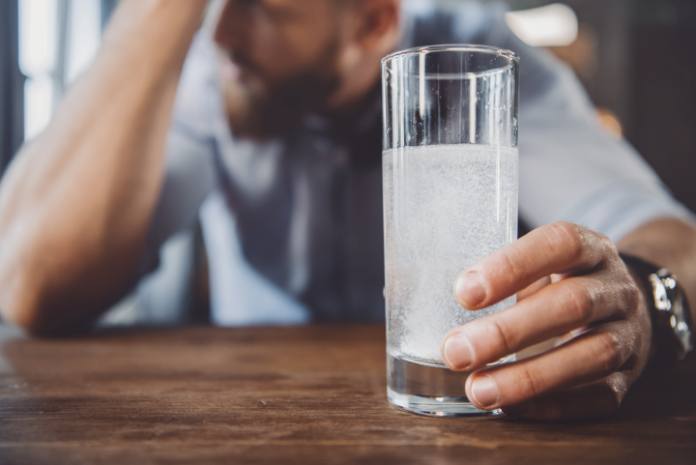Comprehensive Guide to Skin Rejuvenation and Recovery
Skin rejuvenation has become an essential aspect of modern skincare. Many seek treatments that enhance their appearance and boost their confidence. This guide will explore various skin rejuvenation methods, focusing on dermal fillers and the role of a wound care physician in the recovery process.
Understanding Dermal Fillers
Dermal fillers are injectable substances designed to restore volume and smoothness to the skin. They are particularly effective in reducing the appearance of wrinkles and fine lines. Common areas for treatment include the cheeks, lips, and nasolabial folds.
There are various types of dermal fillers available. Hyaluronic acid fillers are popular due to their natural appearance and ease of use. They attract moisture, providing a plump, hydrated look. Calcium hydroxylapatite fillers offer longer-lasting results, typically lasting over a year. These fillers stimulate collagen production, promoting healthier skin over time.
Consulting with a qualified professional is crucial. A licensed practitioner will assess your needs and recommend the most suitable filler. The treatment process is relatively quick, often taking less than an hour. Many experience minimal discomfort during the procedure, as practitioners typically use topical anesthetics to ease any pain.
The Skin Rejuvenation Process
The journey to skin rejuvenation begins with an assessment of your skin type and concerns. Factors such as age, lifestyle, and skin condition play significant roles in determining the best approach.
During the initial consultation, practitioners may suggest a combination of treatments. This could include chemical peels, microdermabrasion, or laser therapy alongside dermal fillers. Each option serves a unique purpose in rejuvenating the skin.
For instance, chemical peels remove dead skin cells, promoting cell turnover. This process reveals fresh skin underneath, improving texture and tone. Laser therapy targets deeper layers, stimulating collagen production and enhancing skin elasticity.
Importance of Wound Care
After undergoing skin rejuvenation treatments, proper wound care is vital for optimal recovery. Many procedures involve some degree of skin trauma, leading to swelling, redness, and discomfort.
This is where a wound care physician becomes essential. They specialize in managing skin injuries and can provide valuable guidance during the recovery phase. Their expertise ensures that any potential complications are addressed promptly.
Post-treatment care typically involves keeping the area clean and moisturized. A wound care physician may recommend specific products to aid healing. For example, using a gentle cleanser can prevent irritation. Additionally, applying a hydrating ointment can promote moisture retention.
Recovery Timeline
Understanding the recovery timeline can help manage expectations. After receiving dermal fillers, patients typically experience immediate results. However, swelling and bruising may occur, peaking around 24 to 48 hours post-treatment.
Most people can resume normal activities within a few days. The final results become apparent as swelling subsides, usually within one to two weeks. It’s important to be patient during this period. The skin needs time to settle and reveal its true potential.
Embracing Your New Skin
As your skin heals, it’s essential to embrace the changes and take pride in your rejuvenated appearance. The journey to healthier skin is not just about aesthetics; it’s also about self-care and confidence.
Regular skincare maintenance is crucial for prolonging the results of your treatments. This includes a daily routine of cleansing, moisturizing, and protecting your skin. Incorporating products rich in antioxidants can further enhance skin health.





